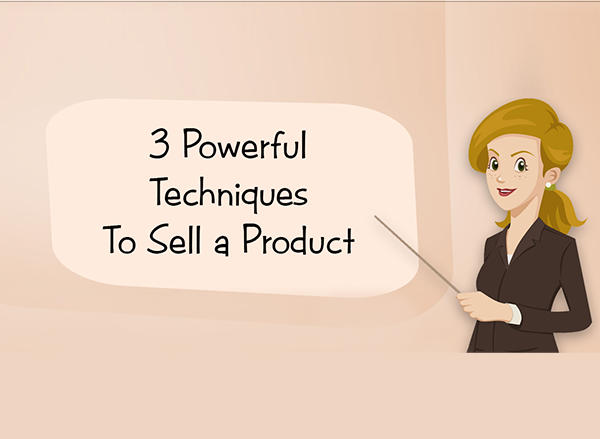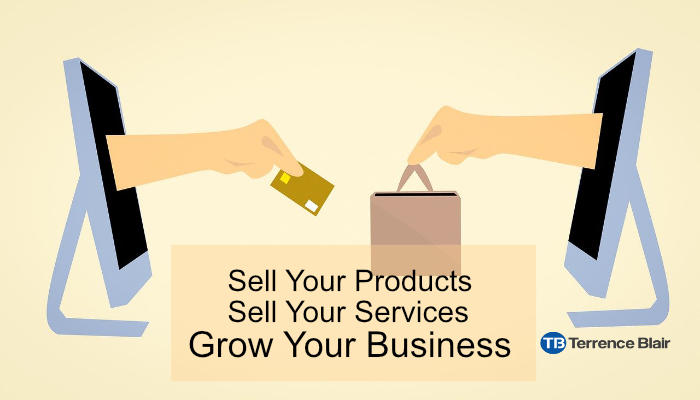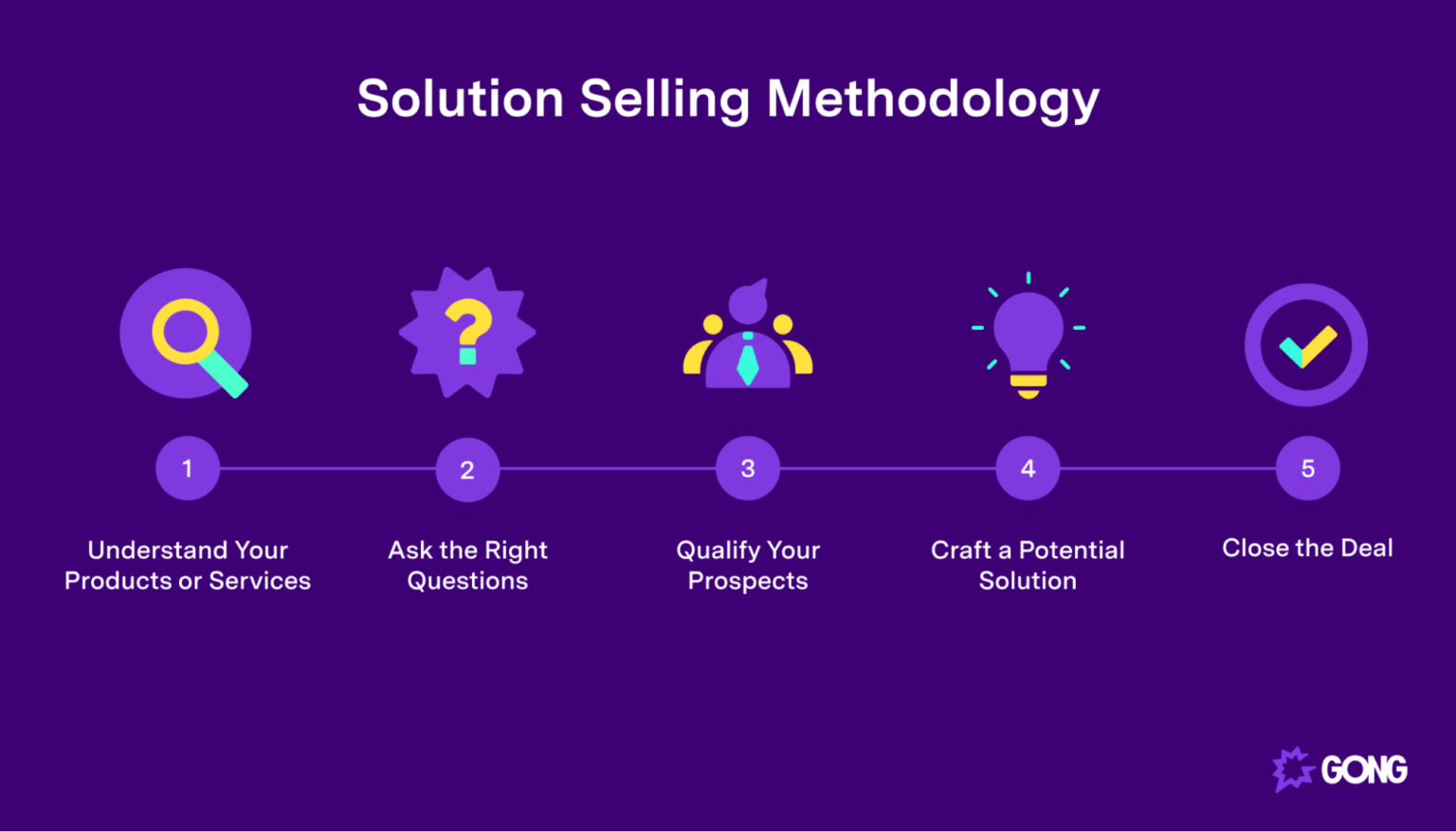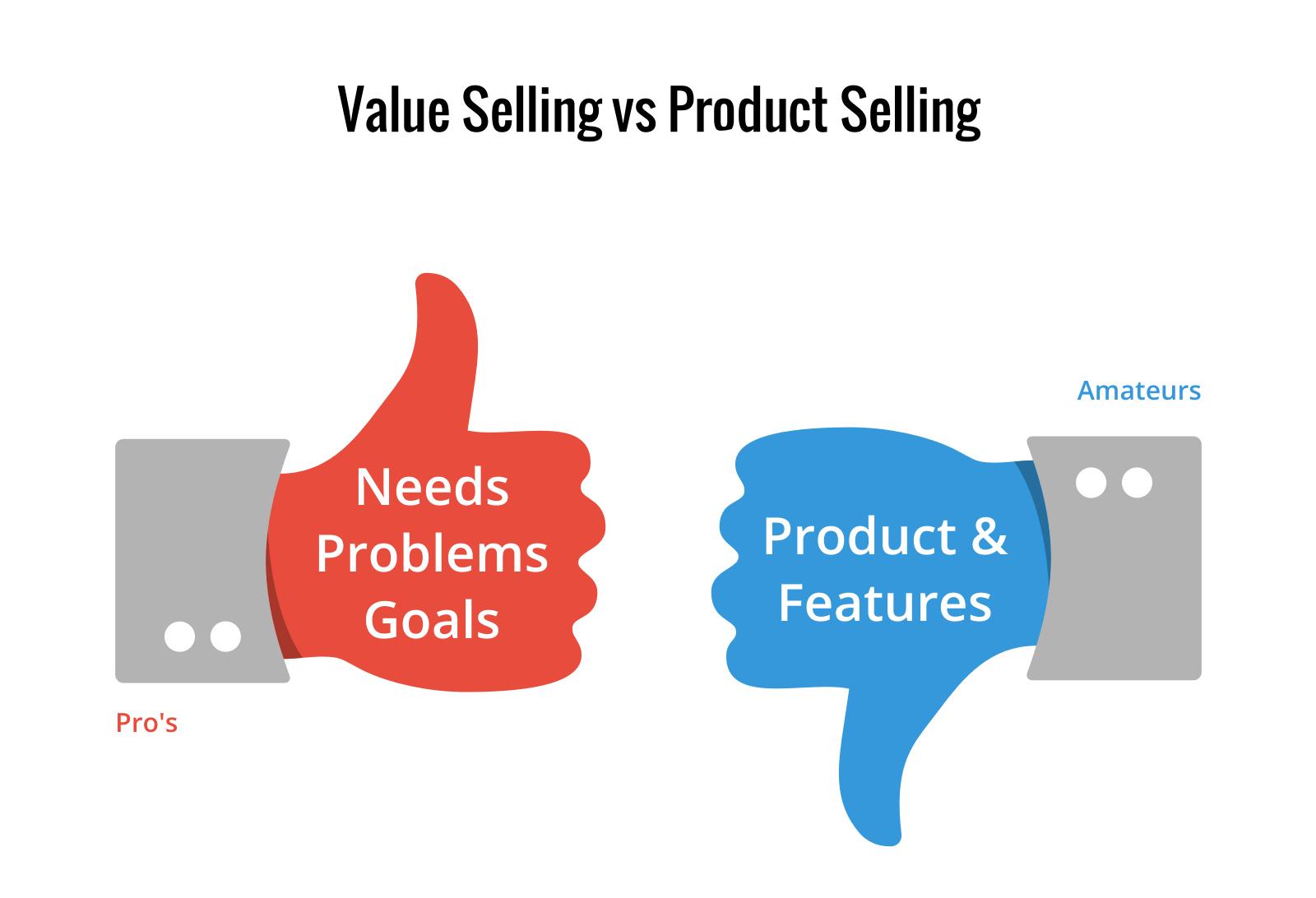Unlocking the Power of "Why": A Guide to Selling Your Product or Service
![]()
As an architect and interior design expert, I’ve spent years crafting spaces that resonate with people’s needs and desires. The key? Understanding the "why" behind every design decision, every material choice, and every detail. This same principle applies to selling your product or service.
It’s not enough to simply list features; you need to connect them to the benefits your customers crave. This is where the magic happens. It’s about creating a story that resonates with your ideal customer, making them feel understood and excited about the solution you offer.

Here’s a framework to help you unlock the power of "why" and craft compelling sales pitches:
1. Know Your Audience:
- Who is your ideal customer? What are their demographics, lifestyle, values, and pain points? The more you understand them, the better you can tailor your message.
- What are their needs and desires? What problems are they trying to solve? What are their aspirations?
- Where do they get their information? Are they online, in magazines, through word-of-mouth? This will help you choose the right channels to reach them.


2. Identify Your Product’s Unique Selling Proposition (USP):

- What makes your product or service different and better than the competition? This is your core message, the single most compelling reason for your customers to choose you.
- Focus on the benefits, not just the features. Features are what your product is, but benefits are what your product does for the customer.
- Make it easy to understand. Your USP should be clear, concise, and memorable.



3. Craft a Compelling Narrative:
- Tell a story that resonates with your customer’s emotions. Connect your product or service to their needs, desires, and aspirations.
- Use vivid language and imagery. Paint a picture of what their life will be like with your product or service.
- Focus on the "before" and "after" Highlight the problem your product solves and the positive impact it will have on their life.


4. Highlight Key Features and Benefits:
- Choose the features that matter most to your target audience. Don’t try to list every single feature; focus on the ones that deliver the most significant benefits.
- Translate features into tangible benefits. Use language that connects directly to the customer’s needs and desires.
- Provide evidence and testimonials. Use data, case studies, or customer reviews to support your claims.


5. Emphasize Value and ROI:

- Demonstrate how your product or service will save your customers time, money, or effort. Quantify the value wherever possible.
- Highlight the return on investment (ROI). Show customers how they will benefit financially from using your product or service.
- Offer incentives and guarantees. This can help to reduce risk and increase trust.
Example: Selling a Smart Home System
Target Audience: Busy professionals who value convenience, security, and energy efficiency.
USP: "Effortless control and peace of mind with our intuitive smart home system."
Narrative: "Imagine coming home to a perfectly comfortable house, lights adjusting to your mood, and your favorite music playing. Now imagine controlling it all from your phone, even when you’re away. Our smart home system takes the hassle out of everyday life, giving you more time to focus on what matters most."
Features and Benefits:
- Feature: Voice control for lights, appliances, and entertainment.
- Benefit: Hands-free convenience and a more enjoyable home experience.
- Feature: Remote access and monitoring from your smartphone.
- Benefit: Peace of mind knowing your home is secure, even when you’re away.
- Feature: Energy-efficient automation.
- Benefit: Lower energy bills and a smaller environmental footprint.
Value and ROI:
- Savings: Reduce your energy costs by automating your thermostat and lighting.
- Convenience: Free up your time and reduce stress with effortless control.
- Security: Enhance your home’s security with remote monitoring and smart locks.
Remember, the key is to connect with your customers on an emotional level. Show them how your product or service can make their lives better, and they will be more likely to make a purchase.
Here are some additional tips for crafting compelling sales pitches:
- Use strong verbs and action words. Make your message dynamic and engaging.
- Keep it concise and to the point. Don’t overwhelm your customers with too much information.
- Use visuals to enhance your message. Images, videos, and infographics can make your product or service more appealing.
- Get feedback from your target audience. Ask for their opinions on your message and make adjustments as needed.
By following these tips, you can create sales pitches that resonate with your customers, convert leads, and build a thriving business.

